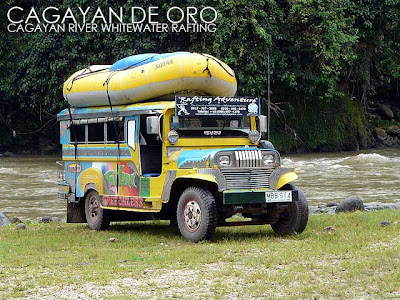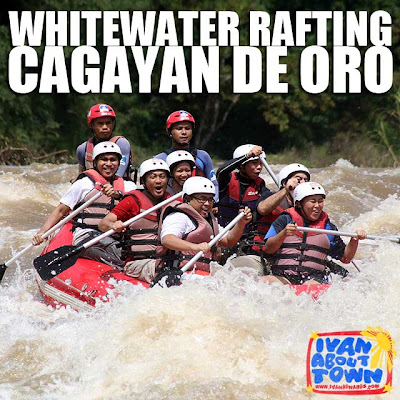
Earlier this year, I flew to Cagayan de Oro to try out the famous
CDO whitewater rafting courses and visit Bukidnon's newest adventure attractions, the
Dahilayan Adventure Park and
Dahilayan Forest Park. Little did I realize that I would be back again this month for more fun!
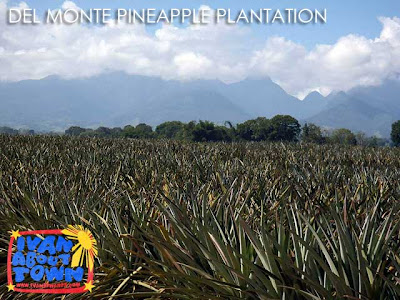
Straight from the airport, we motored to Manolo Fortich, Bukidnon for the trip to Dahilayan. But we made sure to stopover the
Del Monte Clubhouse for breakfast (I missed this when I was here in January). Yes, we had their famous steak for breakfast! I'll discuss more about the food we had in another entry.

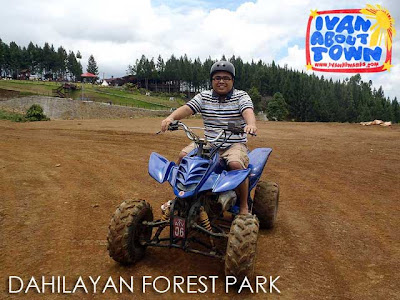
From there, we went through the
Del Monte pineapple plantations and
Camp Phillips to get to Dahilayan, quite close to
Mount Kitanglad. The
Dahilayan Adventure Park is famous for the longest dual-cable zip line in Asia. While the
Dahilayan Forest Park has a host of recreational facilities and activities including ATV and buggy rides through a challenging but fun off-road course around the park, Astrozorbit and Aquazorbit rides, and picnic grounds among many others things to do.
After finishing our activities, we had lunch at
Cowboy's Grill (popular choices are grilled lamb or ostrich) before proceeding back to CDO. Anyway, here's
more information on Dahilayan.
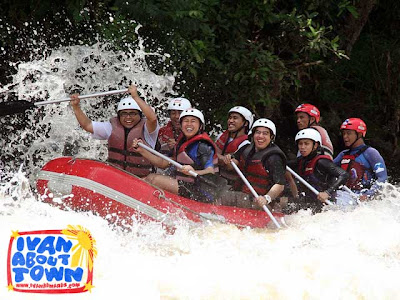
The next day, we did the
Advanced 1 whitewater rafting course along the Cagayan River. The last time, we simply did the
Basic course. There's also
Advanced 2 and
Extreme which I'll definitely try next time. The jump-off point for the Advanced 1 course is at the highway boundary between CDO and Bukidnon.


It was a fun morning as we went through at least 21 rapids. To mute the monotony, we did some crazy stuff too such as surfing the rapids. The guide would signal everyone to stand up on the raft during select rapids. And if you don't balance well, everyone tumbles down the raft too which is equally fun.
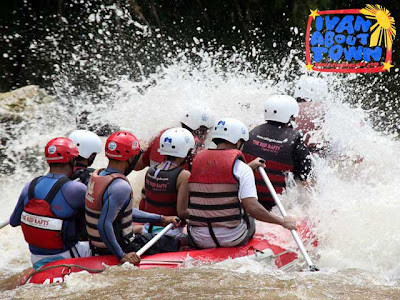
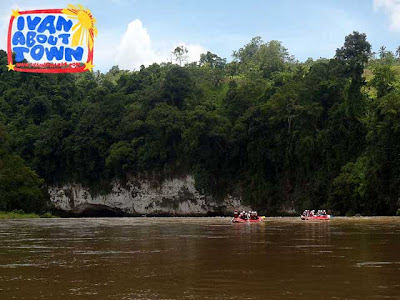
Sometimes, the raft would slam a large wave which makes things even more exciting. When you reach calmer areas, the guide would allow you to jump off the boat for a swim.
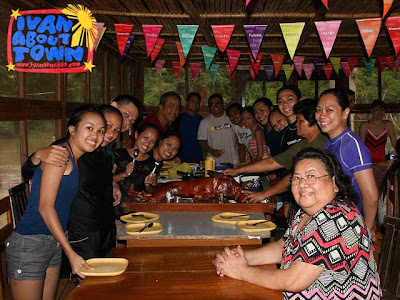
At the end, lunch awaits. It will all depend on the arrangements you've made or the tour company you've booked with (there are two end-points). But you'll definitely be hungry by the time the trip ends. So make sure you've arranged a sumptuous lunch. Ours was none other than CDO
lechon,
tuna panga,
pansit and
binaki (steamed corn cakes), one of the best native desserts I've ever had. Here's
more information on whitewater rafting in the Cagayan River.
Dahilayan Forest Park
(0917) 7154399
Accommodation: Family Suites (4 to 6 persons) Php5,000; Standard (good for 3) Php2,800; Twin (good for 2) Php2,800; Deluxe (good for 4) Php3,200; Barkada Room (minimum of 10) Php400/person
Activities: Buggy Ride Php800/person; ATV Php500/person both inclusive of Php100 entrance fee; Astrozorbit and Aquazorbit Php250/person; Bungee Trampoline Php150/person; Tree Top Adventure Php250/person
Dahilayan Adventure Park
(0922) 8801319
Accommodation at Pinegrove Mountain Lodge: Family Room (good for 6) Php5,000; Standard (good for 3 with free breakfast for 2) Php2,800; Deluxe (good for 3 with free breakfast for 2) Php3,200; Suite (good for 3 with free breakfast for 2) Php3,500
Swift Travel + Tours
14 G/F Pelaez Sports Center, A. Velez Street, Cagayan de Oro City
(088) 8573897 / (08822) 727629 / (0922) 8333136 to 38
























































